Raila Amolo Odinga: A Detailed Life and Political Profile
Early Life & Education
•Raila Odinga was born on 7 January 1945 in Maseno, Kisumu District (now in Kisumu County) in Nyanza Province. His parents were Jaramogi Oginga Odinga, one of Kenya’s founding fathers and the country’s first Vice President, and Mary Ajuma (Juma) Odinga.
•Schooling:
•Primary education: Kisumu Union Primary, and Maranda Primary.
•Secondary: Maranda High School until about 1962.
•Studies Abroad:
•After high school, he received a scholarship to study in East Germany. He spent two years at the Herder Institute in Leipzig studying German language and other preparatory work.
•From around 1965 he studied Mechanical Engineering at the Technical School in Magdeburg (later part of the Otto von Guericke University), graduating with a Master of Science (MSc) in Mechanical Engineering in 1970.
•Early Career:
•On returning to Kenya in 1970, Raila worked as an assistant lecturer in the University of Nairobi’s Department of Mechanical Engineering (1970–1974).
•He also founded engineering/business ventures. Notably, “Standard Processing Equipment Construction & Erection Limited”, later known as East African Spectre, specializing in LPG (liquefied petroleum gas) cylinders, among other engineering services.
•Later he joined the Kenya Bureau of Standards (KEBS), rising to the position of Deputy Director by the late 1970s. This period involved work on standardisation, product compliance, etc.
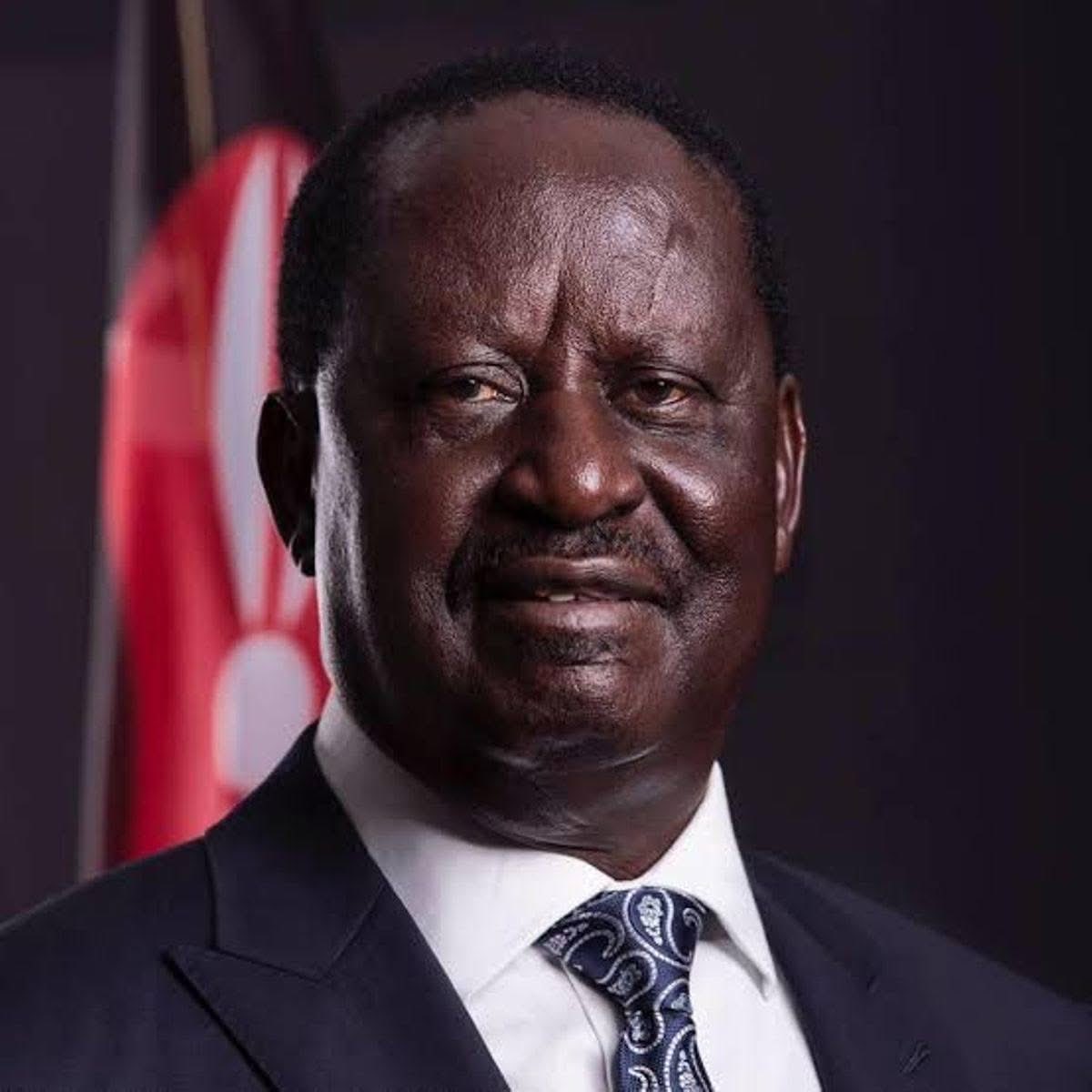
Political Awakening, Detentions & Fight for Reform
•Family Background and Early Influence: Growing up in a politically active family, particularly with a father heavily involved in the independence movement, Raila was exposed early to political debates and conflicts.
•The 1982 Coup Allegations & Detention:
In 1982, Odinga was accused of being involved in a failed coup attempt against President Daniel arap Moi. He was detained without trial, spending a very prolonged period in confinement. Some sources say about six years.
Beyond that major detention period, he underwent multiple arrests and periods of detention during the 1980s, especially for opposition to Moi’s regime and his one-party rule.
•The “Second Liberation” / Multiparty Movement:
By the late 1980s and early 1990s, pressure for constitutional reform and multiparty democracy grew. Raila-Oginga Odinga, together with others like Kenneth Matiba and Charles Rubia, played a prominent role in the Forum for the Restoration of Democracy (FORD) which pushed for the repeal of Section 2A of the constitution (which had established Kenya as a one-party state). In 1991, the repeal was achieved, thus restoring multi-party politics.
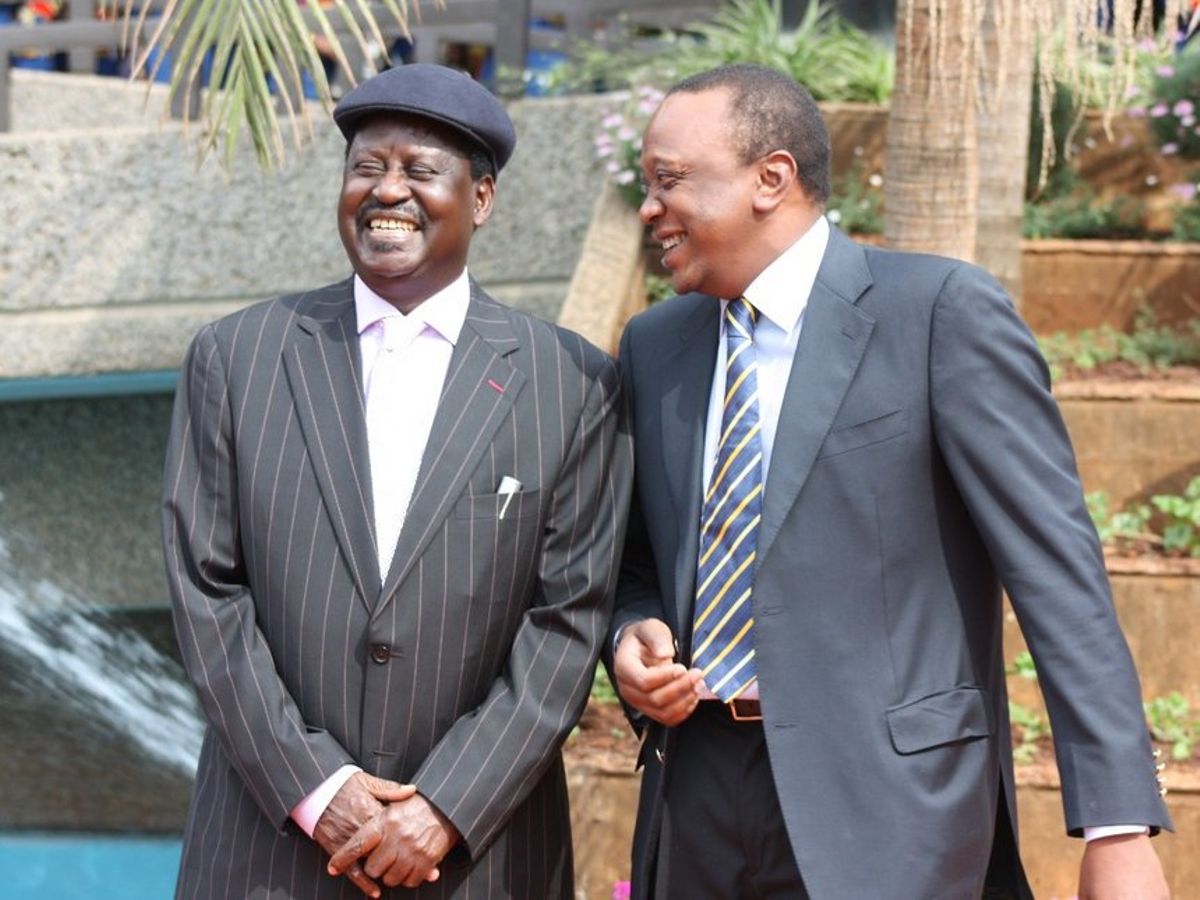
Entry into Electoral Politics; Party Alignments & Early Efforts
•First Time in Parliament: In the 1992 general elections, Raila won the Lang’ata parliamentary seat, under FORD-Kenya. This marked his first major electoral win.
•1997 Presidential Bid:
He contested the presidency in 1997 under the National Development Party (NDP), finishing third. Though he did not win, this campaign helped raise his national profile.
•Shifting Alliances:
•In early 2000s he merged NDP with KANU (the ruling party). He served as Minister of Energy under KANU (2001-2002).
•Later broke with KANU when Moi picked Uhuru Kenyatta as his successor. Raila then helped form the Liberal Democratic Party (LDP), which joined other parties to form the National Rainbow Coalition (NARC) in 2002. This coalition defeated KANU, ending the party’s long rule.
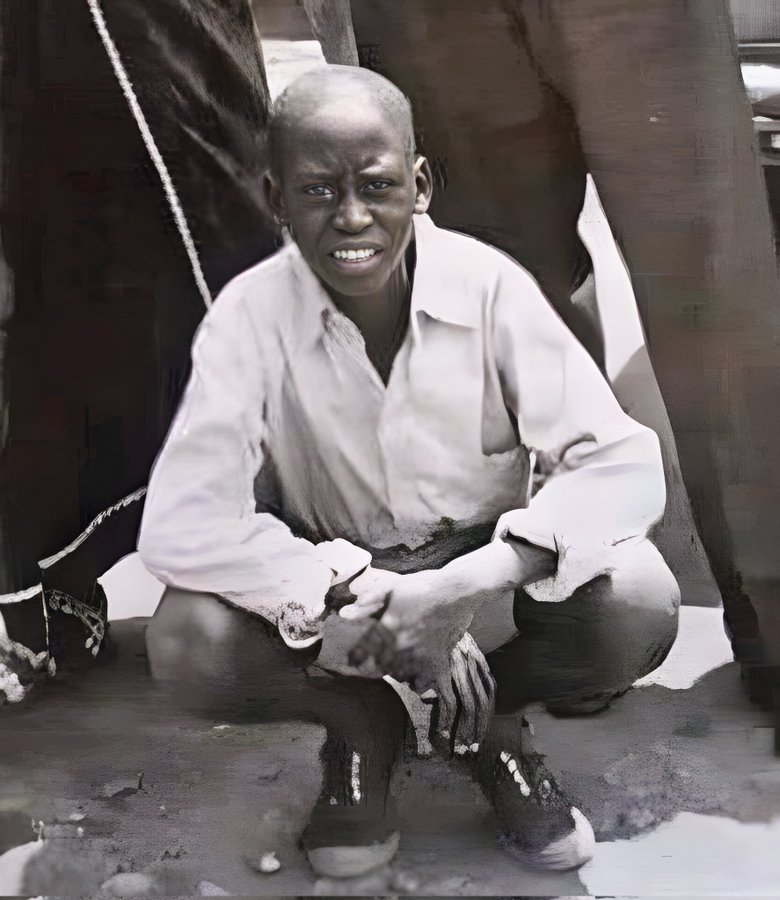 •Cabinet Posts in Kibaki Administration:
•Cabinet Posts in Kibaki Administration:
After the successful 2002 election under NARC, Raila was appointed Minister for Roads, Public Works & Housing (2003-2005).
During that period, tensions grew within the NARC coalition over unmet promises (especially of sharing power and constitutional reforms) which led to political friction between Raila’s faction (LDP) and others.
•Constitutional Referendum of 2005:
One critical moment: the draft constitution forwarded by the Kibaki government was seen to favour a very strong presidency and would diminish roles like prime minister. Raila and his supporters campaigned against the government version in the 2005 referendum. The people rejected that version. That strengthened his opposition credentials.
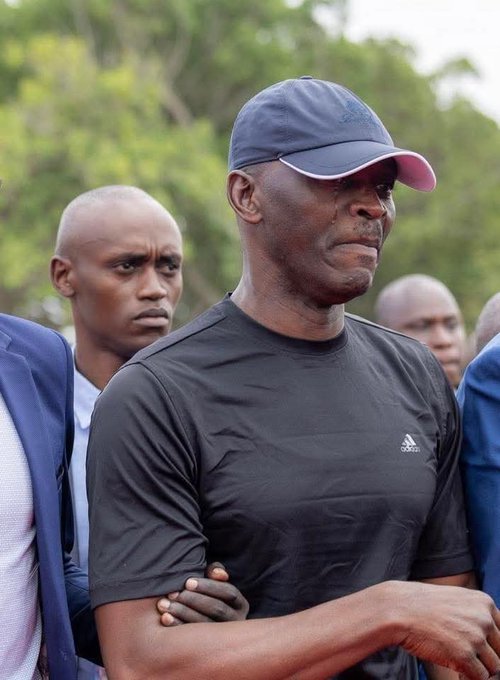
The 2007 Election, Crisis, and Prime Ministership
•2007 Presidential Run and Post-Election Violence:
In December 2007, Raila ran for president under the Orange Democratic Movement (ODM). He officially got ~46% of the vote, but the result was declared for Mwai Kibaki, triggering widespread protests, ethnic clashes, and violence across Kenya. The death toll estimates go up to or over 1,000, with many people displaced.
•The Grand Coalition Government & Prime Minister Role (2008–2013):
To end the violence, a power-sharing agreement was brokered, with Raila becoming Prime Minister under President Kibaki. This period saw co-chairs of cabinet, attempts at reform, efforts to heal divisions, etc.
•Promulgation of the 2010 Constitution:
One of the hallmark achievements of Raila’s prime ministership (in coalition) was pushing through the constitutional reforms that resulted in Kenya’s new constitution, adopted in August 2010. Key features: devolution (county governments), increased checks and balances, limits on presidential powers, enhanced judiciary independence, etc.
•Challenges During Coalition:
Despite the formal powers of Prime Minister, there were tensions between the ODM faction and the presidency. Disagreements over corruption, ministerial appointments, decisions, etc. Raila sometimes felt his ministers or his side were excluded from decision-making.
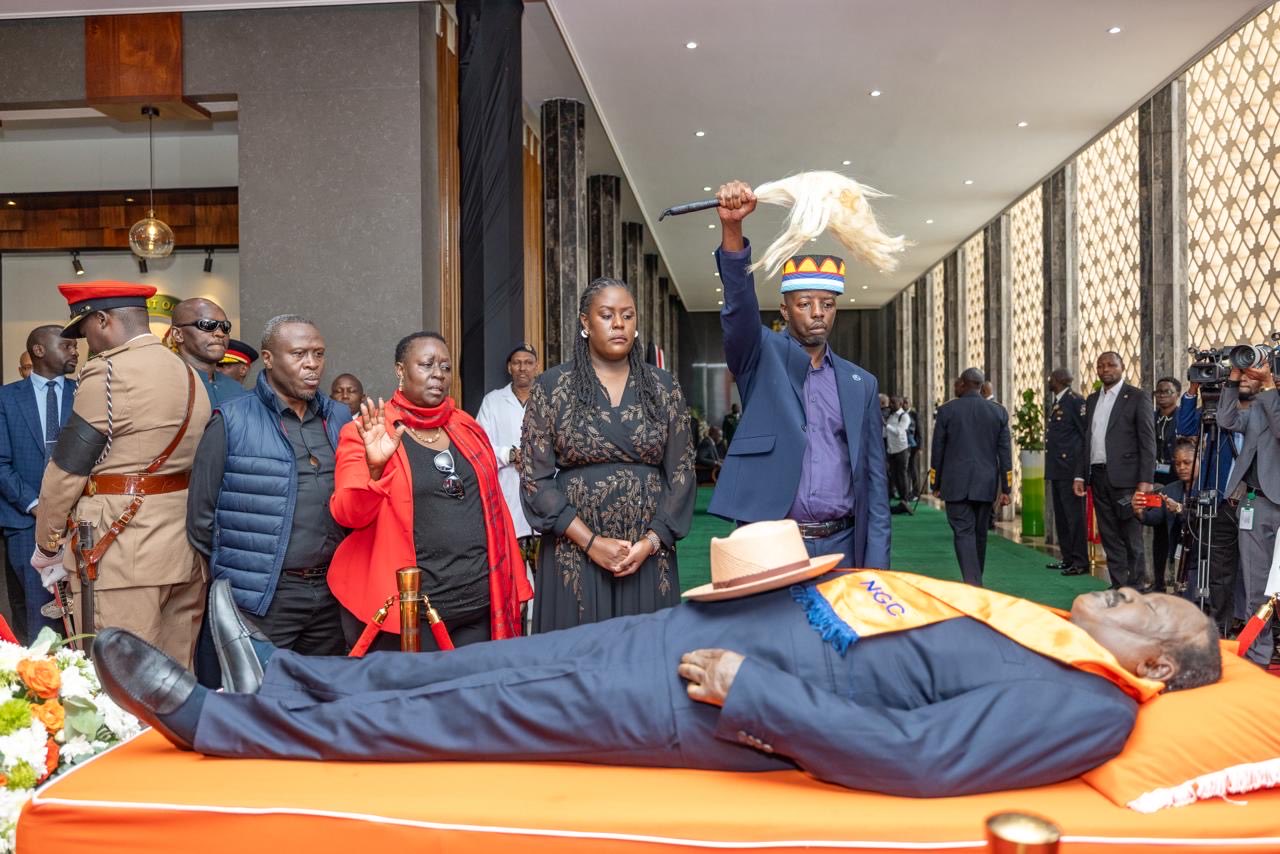
Later Elections, Reconciliation & the “Handshake”
•Subsequent Presidential Bids:
He ran again in 2013, 2017, and 2022, each time under different coalition banners (e.g. Coalition for Reforms & Democracy – CORD, National Super Alliance – NASA, Azimio la Umoja). He received substantial support but never won the presidency.
•2017 Supreme Court Decision:
In 2017, Raila lost in the general elections, then successfully challenged the results in the Supreme Court, which nullified the outcome — the first time an African presidential election was annulled by a court. However, he then boycotted the rerun which was won by Uhuru Kenyatta.
•The “Handshake” (2018) and the Building Bridges Initiative (BBI):
In March 2018, Raila Odinga and President Uhuru Kenyatta had a rapprochement known as the “Handshake.” This was symbolic and political: it reduced tensions, opened space for reforms, and led to the BBI, which sought constitutional and institutional changes. However, the BBI faced legal challenges and was ultimately not realised in full. 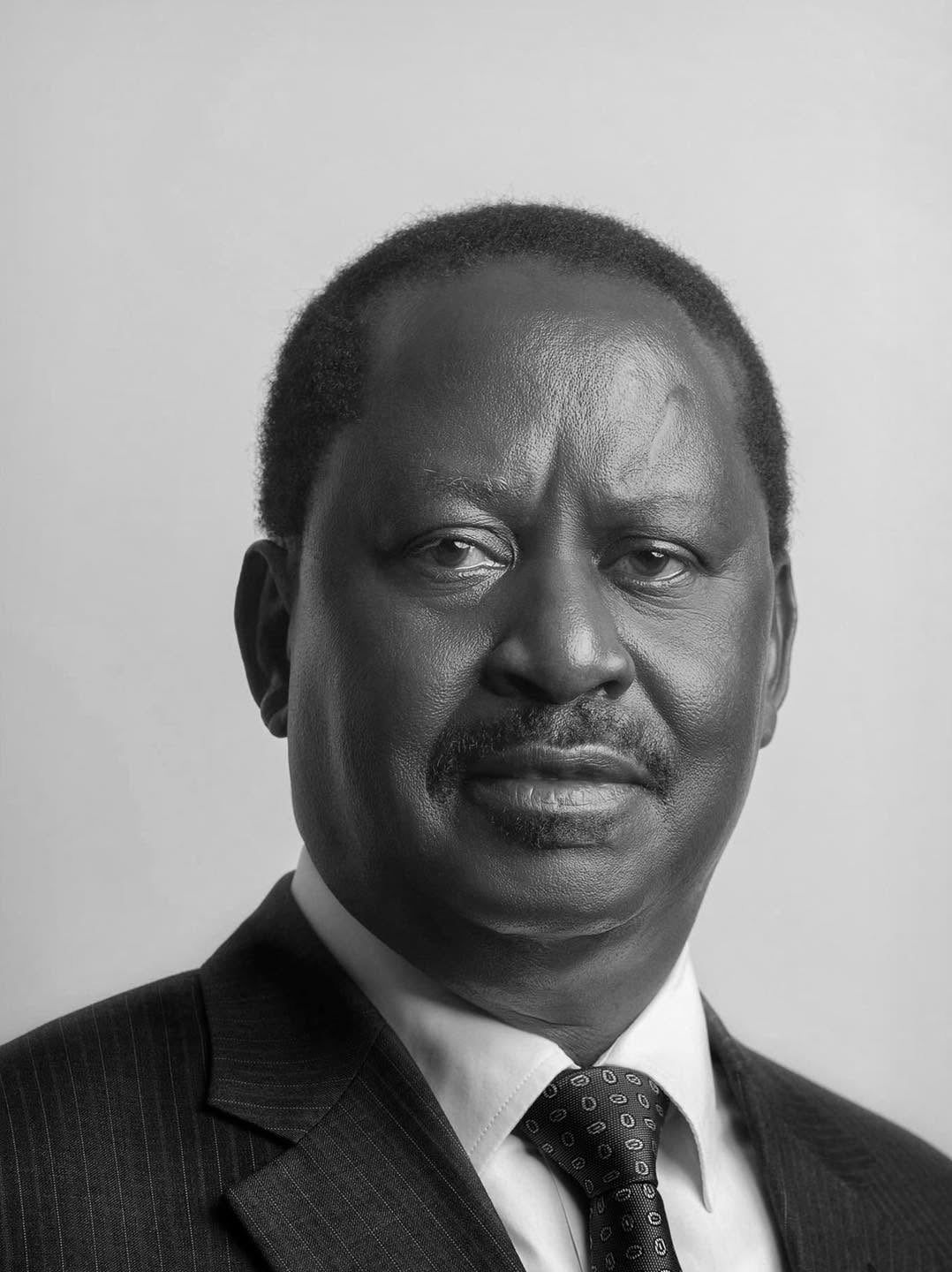
•2022 Election & After:
In 2022, Raila made his fifth run for presidency, under Azimio la Umoja-One Kenya Coalition Party with backing from Uhuru Kenyatta. He narrowly lost to William Ruto, challenged the result in court, but eventually the Supreme Court upheld the election result.
•Continental Role:
Raila also served as African Union High Representative for Infrastructure Development from 2018 to 2023.
Controversies, Criticisms & Challenges
•Electoral Disputes: Every presidential bid had elements of dispute. Many of his supporters believed there was fraud or irregularities, especially in 2007 and 2017. The 2007 dispute led to very serious violence; 2017 was landmark judicially but contentious politically.
•Claims of Betrayal / Switching Sides: At various times, Raila was criticized by supporters for entering into alliances with former opponents or joining the ruling party in certain eras (e.g. merging NDP with KANU, later forming coalitions). Some saw these as strategic; others saw them as ideological compromises.
•Internal Party Tensions: As with many long-standing politicians, Raila’s leadership saw internal disagreements, with some party officials or regional leaders feeling sidelined at times. Also managing coalition dynamics was always challenging.
•Unfulfilled Reform Ambitions: Projects such as the BBI which had wide expectations were stalled or blocked legally; some promised reforms (e.g. in corruption, in economic inequality) were not fully realized to the satisfaction of many.
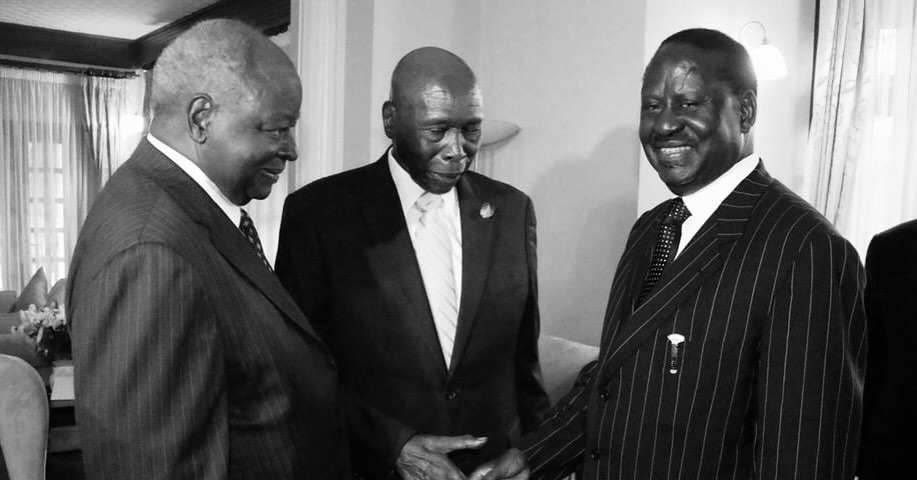
Key Achievements & Legacy
•Constitutional Reform: The 2010 Constitution is often considered one of Kenya’s biggest institutional legacies in recent decades. Devolution, judiciary independence, electoral commission reforms, etc., are part of that.
•Mobilization & Political Participation: Raila was exceptional at mobilizing large numbers of people, especially from marginalized communities and youth. He made politics not just about elites but about mass participation. His name came to represent resistance, inclusion, giving voice to the excluded.
•Influence on Electoral Jurisprudence: The 2017 Supreme Court decision to nullify a presidential election set a major precedent for electoral accountability in Kenya and perhaps elsewhere in Africa.
•Regional & Continental Diplomacy: His role in the African Union and in pushing for infrastructure development shows that his impact was not limited to Kenya.
•Symbolic Role: Regardless of whether he held the highest office, many saw him as a moral leader, a figure standing for democratic principles, political reform, and inclusion. His personal history (detentions, fights, setbacks) contributed to a public image of resilience and sacrifice.
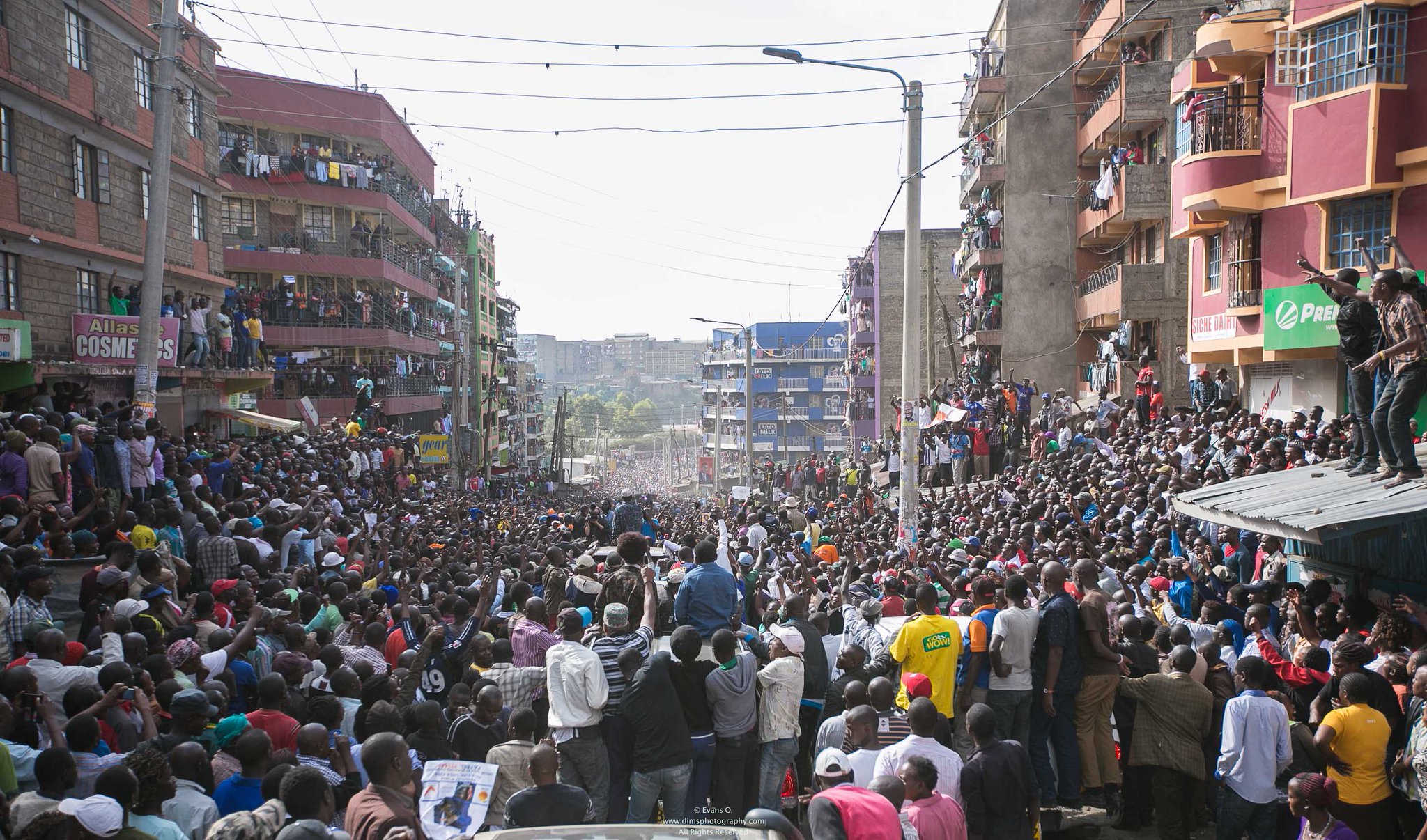
Death & National Reaction
•Raila Odinga died on 15 October 2025 in India, reportedly from cardiac arrest while receiving medical treatment.
•A state funeral was held on 17 October 2025 in Nairobi. The nation declared days of mourning. Thousands of people, including political leaders, dignitaries, and citizens, paid tribute.
•The events surrounding his viewings and funeral were marred by tragedies: stampedes, deaths, injuries when mourners tried to view his body.
Reflections: What Raila Represented & What Remains
•Resilience and Persistence: Raila’s political life spanned decades, with repeated defeats, arrests, disappointments — but he kept showing up. That consistency built both respect and a base.
•Democratic Deepening: Many landmarks in Kenya’s democratic development have his fingerprints: multiparty reinstatement, the new constitution, the role of courts, voter awareness.
•Ethnicity & National Unity: Kenya’s politics is heavily shaped by ethnic dynamics. Raila’s base was largely Luo, but he often attempted (with mixed success) to transcend ethnic lines, build coalitions, work with rivals. His 2002 “Kibaki Tosha” moment, the Handshake, etc., are examples. But ethnic tensions, regional inequalities, remain real challenges.
•Limits of Power Without Presidency: Raila never became President despite multiple attempts. That means his influence was often indirect, negotiated, or reliant on coalitions. That comes with both advantages (he could claim moral high ground) and disadvantages (less control over state machinery, policy, appointments).
•Legacy of Expectations: For many, Raila embodied hope — for transparency, fair governance, inclusion, justice. Even after his death, there are high expectations of how his supporters want political reform, electoral fairness, better economic outcomes. He leaves behind a political movement (ODM, Azimio, etc.) with challenges in succession and direction.
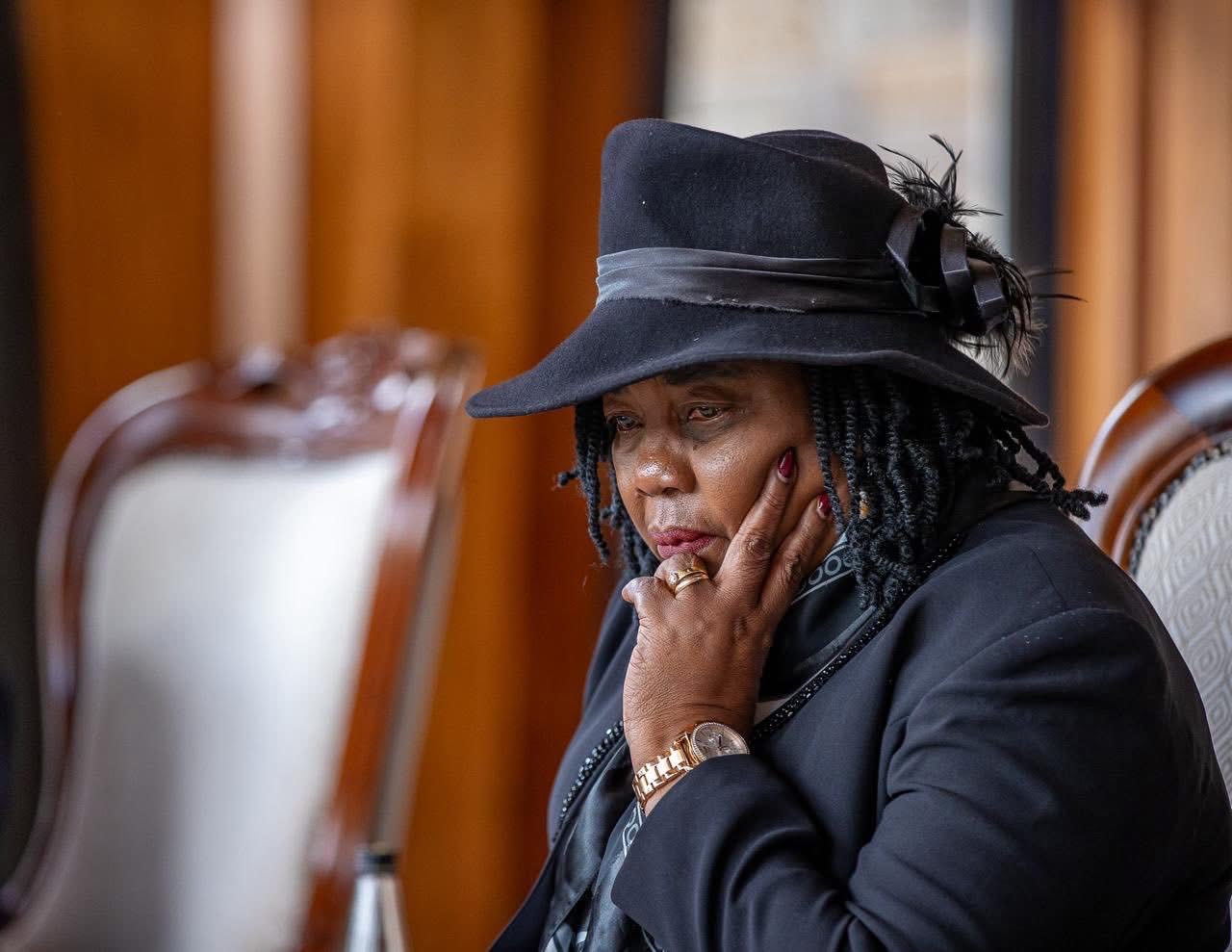
Conclusion
Raila Amolo Odinga’s life is a study in political struggle, resilience, and complexity. He was not perfect; there were compromises and criticisms. But few in Kenya’s post-independence history have so consistently been at the center of political life, shaping its democratic trajectory, institutions, and public hopes.
His passing marks the close of a chapter — but many of the questions he raised remain: around equality, political inclusion, electoral integrity, and how leaders can balance principled opposition with practical governance. Kenya’s future will show which parts of his vision endure, and how new leaders carry forward both his achievements and learn from his missteps.

You must be logged in to post a comment.